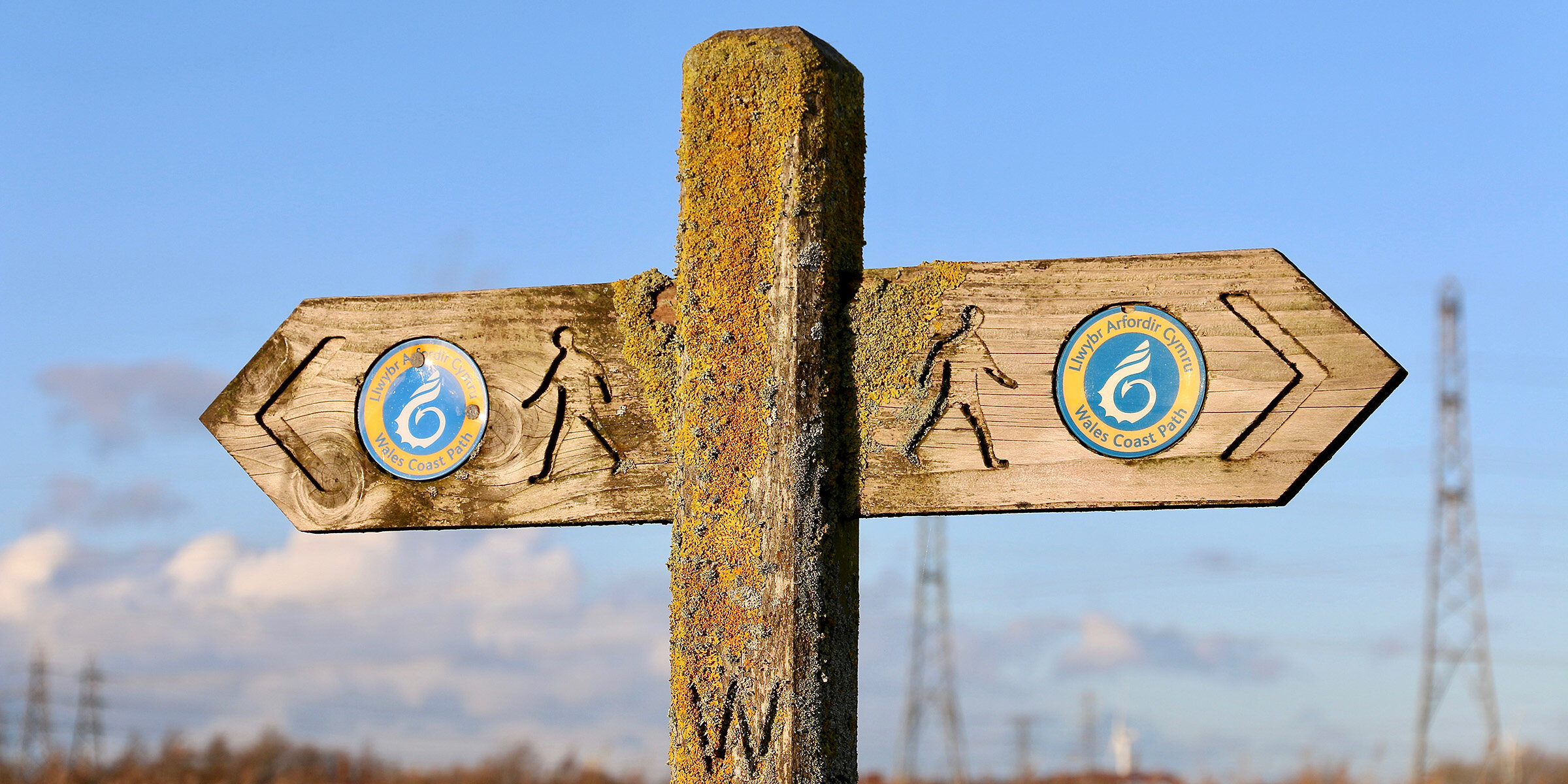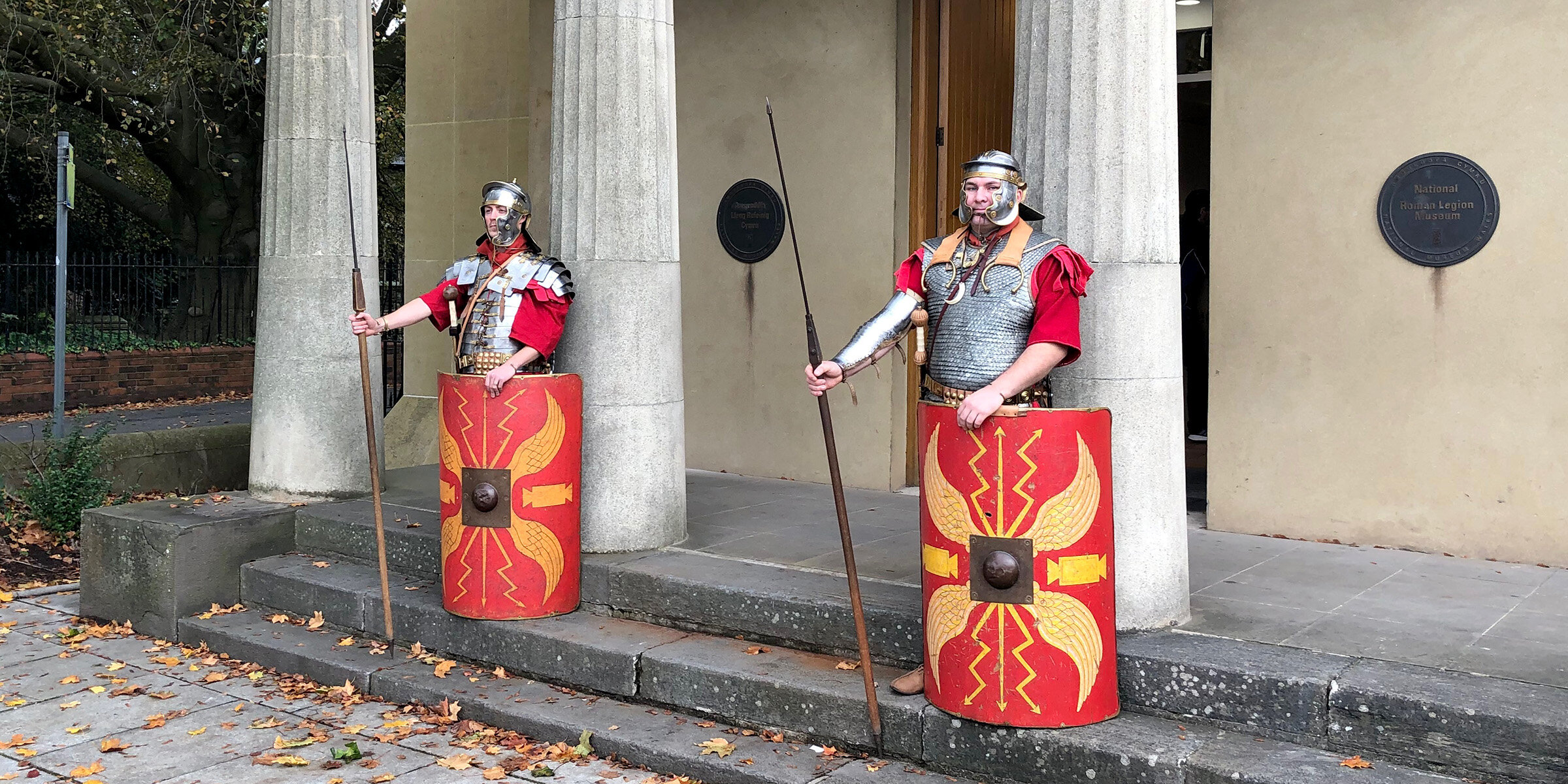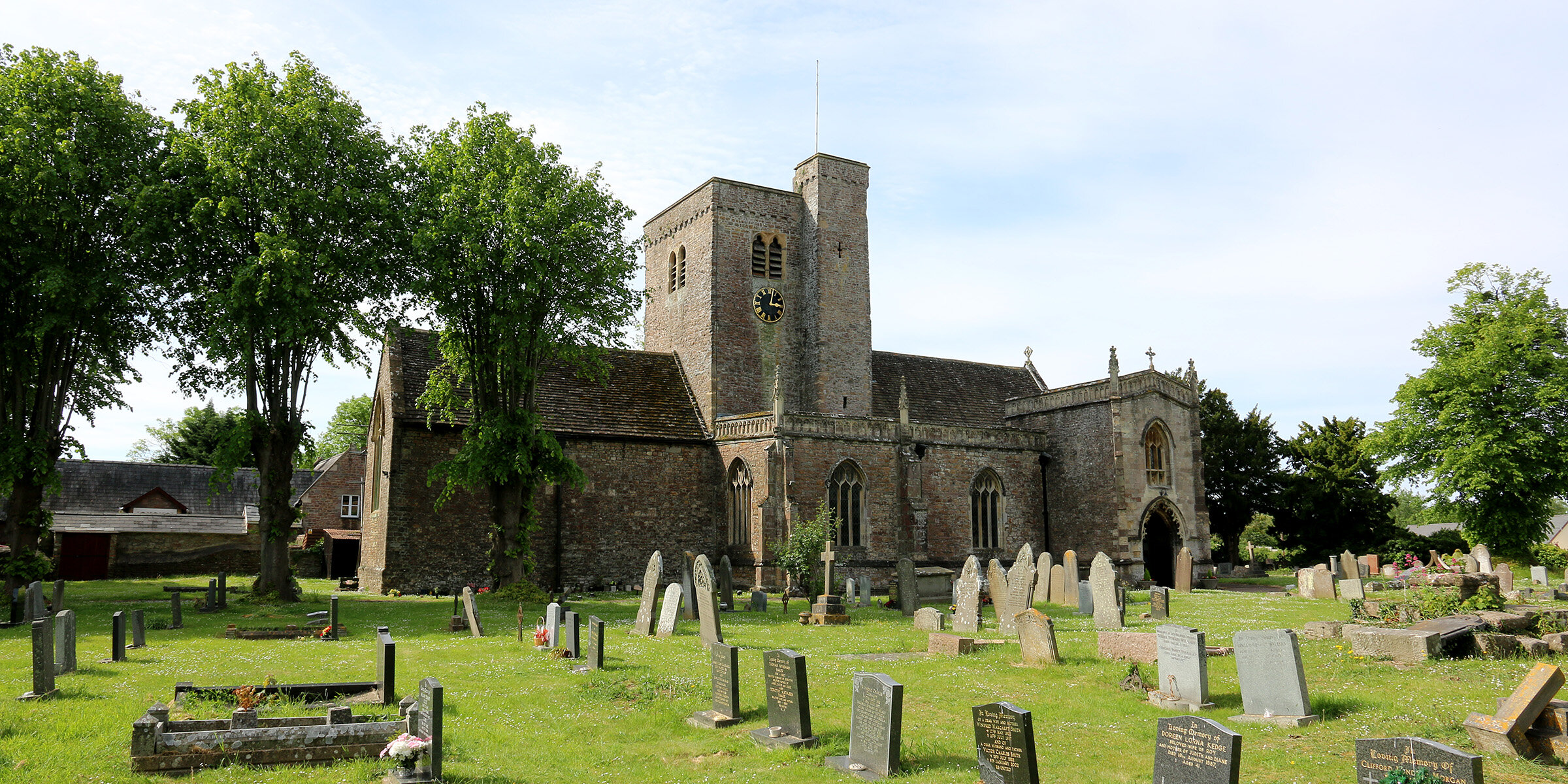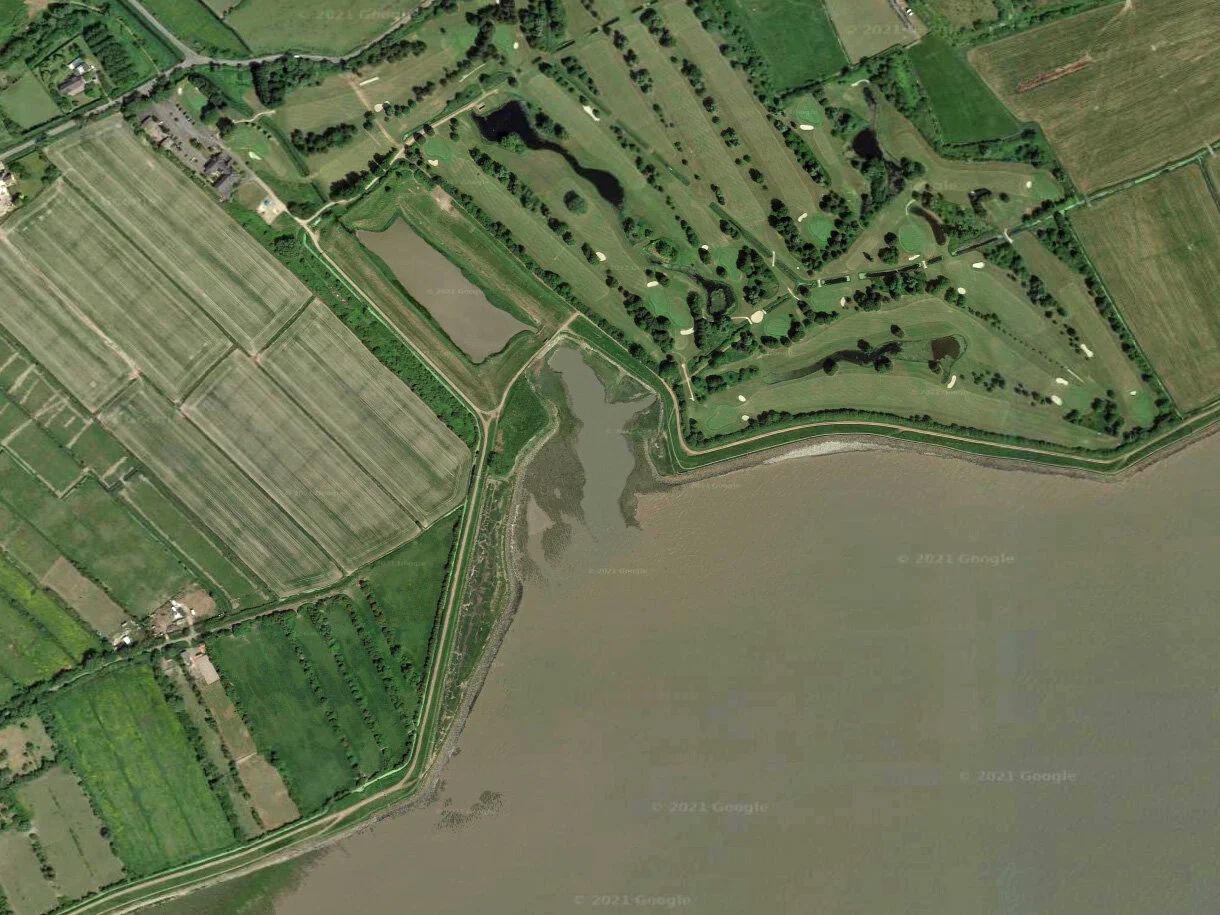The tiny parish church of St Mary Magdalene’s was built in the early 15th century after the church at Goldcliff Priory, which also served the parish, was badly damaged by a storm in 1424.
Goldcliff gets its name from the mineral mica that was once visible in the exposed cliff face at Goldcliff Point and which sparkled like gold in the sunlight. In 1188, the Welsh historian Gerald of Wales referred to ‘Gouldclyffe’ as “…glittering with a wonderful brightness.”
Following the founding of the priory in 1113, the village developed around the head of Goldcliff Pill, an ancient tidal creek. The sheltered waters of the pill were once a small harbour from which the priory was able to trade with Bristol, Newport and Cardiff.
The church consists of an undivided nave and chancel, a castellated tower to the west and a south porch. Drainage ditches enclose the roughly square churchyard and there is the stump of what is thought to be a medieval cross on a small mound. The entrance porch is approached along an avenue of pollarded lime trees.
Although the church was built in the early 15th century, parts of the building appear to be much older (the nave has been dated to the 12th century). This, accompanied by a lack of windows on the north wall, suggests that an existing building, possibly a barn, may have been converted to serve as parish church. It is possible that some of the stone used to build the church came from the ruined priory as there are some odd pieces of decorative stonework above the windows on the south side of the building.
The plain, squat tower is probably a much later addition to the building. It may have been constructed in the 18th, or possibly 19th century, and may be contemporary with the ceiling and cornice of the nave and chancel. The tower contains one bell, recast by Taylors of Loughborough in 1969.
The interior of the church is very simple. There is a medieval font with an 18th century cover. On the north wall of the nave is a brass plaque commemorating the Great Flood of 1606/07.
ON THE XX DAY OF IANVARY EVEN AS IT CAME TO
PAS IT PLEASED GOD THE FLVD DID FLOW TO THE
EDGE OF THIS SAME BRAS • AND IN THIS PARISH
THEARE WAS LOST 5000 AND ODD POWNDS BESIDES
XXII PEOPLE WAS IN THIS PARRISH DROWND














